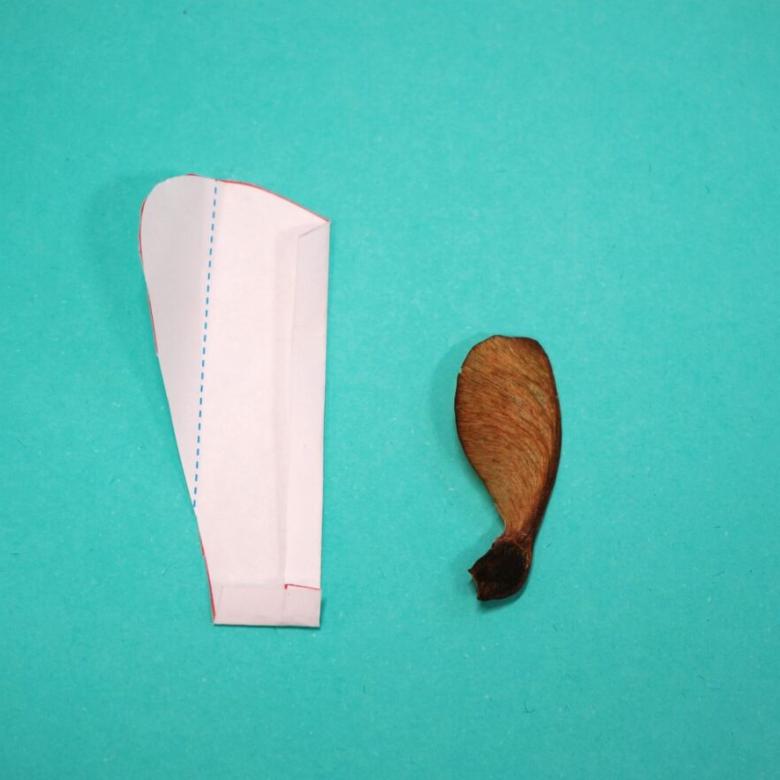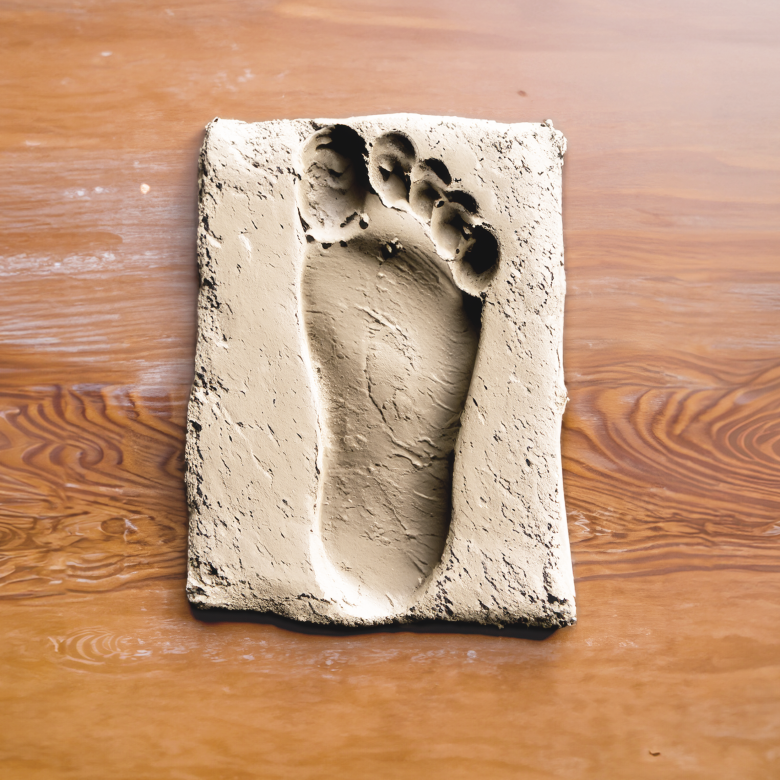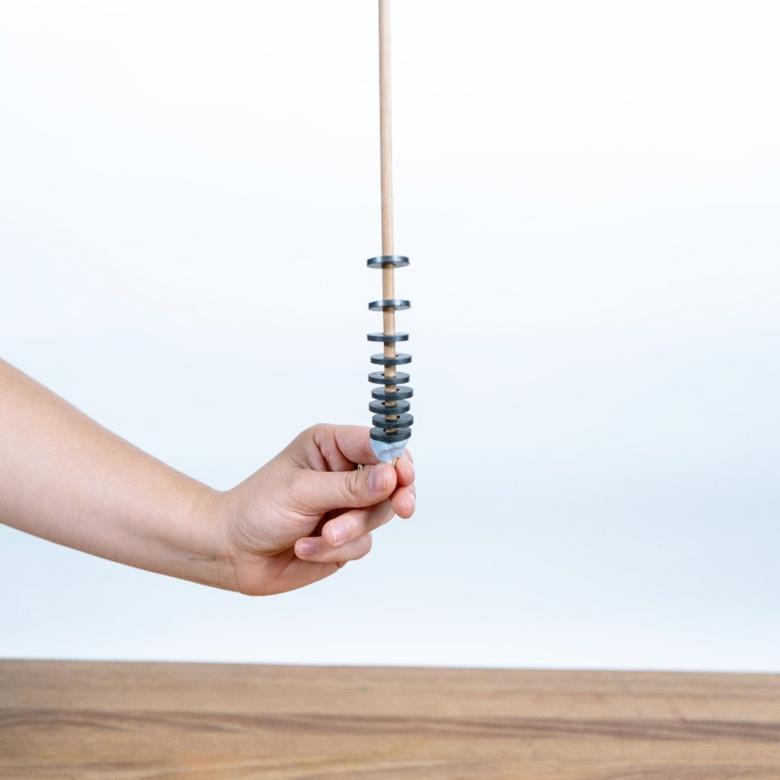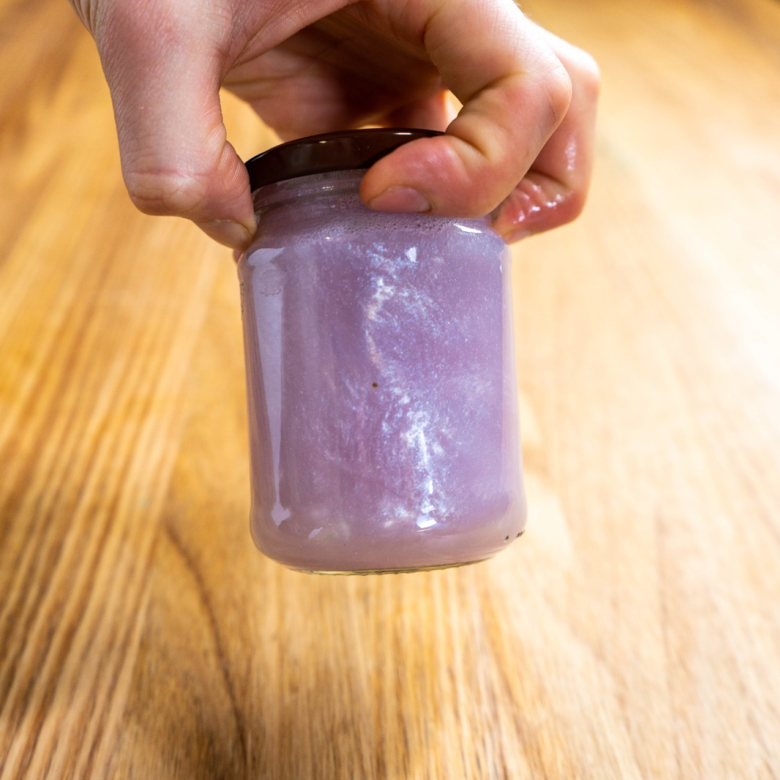You’ll need
- A few identical glass bottles or tumblers
- Water
- Food colouring (optional)
- 2 pencils, wooden sticks or xylophone mallets
What to do
- Pour a different amount of water into each bottle or tumbler.
- Add food colouring (if using it) so you can easily see the water levels.
- Use the pencils, sticks or mallets to tap the glass bottles.
- Listen to the different sounds coming from the bottles.
Questions to ask
Which bottle or tumbler makes the highest sound? Which one makes the lowest sound? Does the sound get higher or lower the more water you put in the glass?
Put the bottles in order from lowest to highest sound. Can you play a tune on your bottles? Try adding more bottles with different amounts of water to expand your repertoire!
What's happening
All sounds are made by vibrations. A vibration is simply something moving backwards and forwards. When you tap the bottle, it makes the glass start to vibrate very quickly. This vibration creates soundwaves, which make the sound we hear.
Fast-moving vibrations make high-pitched sounds like a whistle. Slow-moving vibrations make low-pitched sounds like a lion’s growl.
Adding water to the glass bottles slows down the vibrations in the glass. This makes the pitch lower. As you continue to add more water, the vibrations become slower, so you get an even lower sound.
Did you know
The lowest soundwaves ever heard come from a black hole in a cluster of galaxies named the Perseus Cluster, which is 250 million light-years from Earth. Astronomers have been able to detect soundwaves from it in the form of a single note – apparently in the key of B flat, 57 octaves below middle C!
Many people believe that space is a pure vacuum and that sounds in space can’t be heard because there is nothing for them to travel through. But space is not a pure vacuum. The soundwaves coming from the black hole are hitching a ride on the dust and gas atoms in the galaxies.
For more information about space, and to hear the singing black hole, visit the NASA website.
Anna: Hi, my name’s Anna and I’m from the Questacon Science Squad. Today I’m going to show you how to play Beethoven’s Violin Concerto Movement in C but without the violins and with glass bottles instead.
You need:
- six identical glass tumblers like these
- one pencil or stick to add as your baton and,
- some food colouring.
Add the food colouring to each of your glass tumblers.
(Anna adds food colouring to each glass tumbler)
Then add some water to your glass tumblers
(Sound of pouring water)
Adding a little bit more water each time. Oh, a nice red colour - yellow and green
(Anna is referring to the colours of the glass tumblers as the water is being added)
And now you’re ready to play your masterpiece.
(Anna strikes each glass tumbler with a pencil; each glass tumbler makes a different notes)
Now I’ve got no idea how play Beethoven’s Violin Concerto Movement in C, but I can play ‘Twinkle, Twinkle, Little Star’.
(Anna sings ‘Twinkle, Twinkle, Little Star’ as she strikes the notes on the glass tumblers)
Well, I thought I could play ‘Twinkle, Twinkle, Little Star’, obviously I need more practise.
If you want to find out how the Glass Bottle Orchestra makes its sound, head to the Questacon Science Squad website. See you next time.






